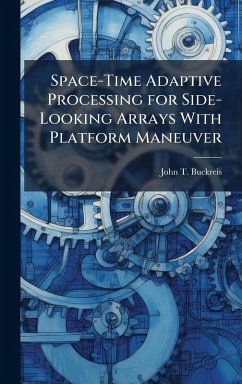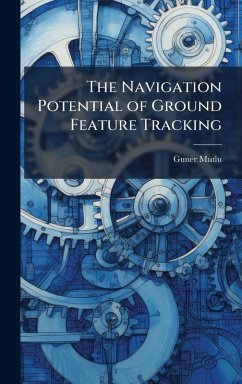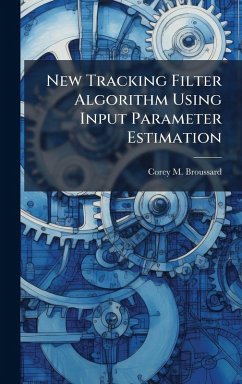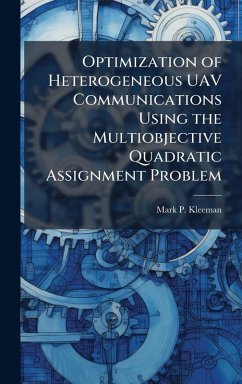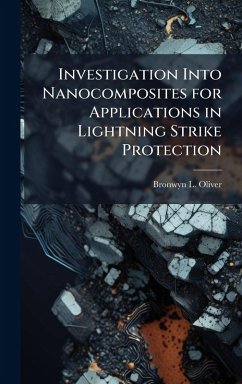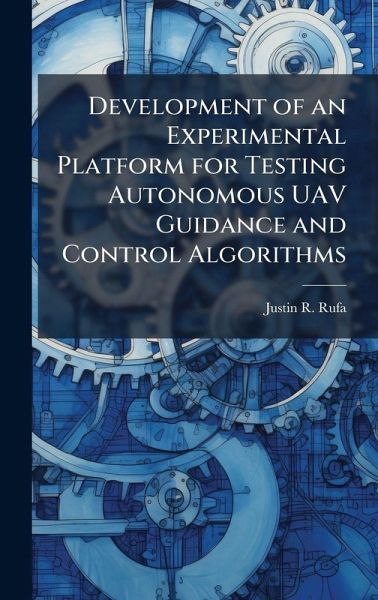
Development of an Experimental Platform for Testing Autonomous UAV Guidance and Control Algorithms
Versandkostenfrei!
Versandfertig in über 4 Wochen
27,99 €
inkl. MwSt.
Weitere Ausgaben:

PAYBACK Punkte
14 °P sammeln!
With the United States' push towards using unmanned aerial vehicles (UAVs) for more military missions, wide area search theory is being researched to determine the viability of multiple vehicle autonomous searches over the battle area. Previous work includes theoretical development of detection and attack probabilities while taking into account known enemy presence within the search environment. Simulations have been able to transform these theories into code to predict the UAV performance against known numbers of true and false targets. The next step to transitioning these autonomous search a...
With the United States' push towards using unmanned aerial vehicles (UAVs) for more military missions, wide area search theory is being researched to determine the viability of multiple vehicle autonomous searches over the battle area. Previous work includes theoretical development of detection and attack probabilities while taking into account known enemy presence within the search environment. Simulations have been able to transform these theories into code to predict the UAV performance against known numbers of true and false targets. The next step to transitioning these autonomous search algorithms to an operational environment is the experimental testing of these theories through the use of surrogate vehicles, to determine if the guidance and control laws developed can guide the vehicles when operating in search areas with true and false targets. In addition to the challenge of experimental implementation, dynamic scaling must also be considered so that these smaller surrogate vehicles will scale to full size UAVs performing searches in real world scenarios. This research demonstrates the ability of a given sensor to use a basic ATR algorithm to identify targets in a search area based on its size and color. With this ability, the system's target thresholds can also be altered to mimic real world UAV sensor performance. It also builds on previous dynamic scaling studies to show that the performance of a full size UAV can be imitated using a surrogate vehicle. Further investigation will show sensor orientation, field of view, vehicle geometry, and the known size of the target can be used to determine target pixel thresholds as well as the vehicle steering correction angle to navigate directly over the centroid of an identified target. This work has been selected by scholars as being culturally important, and is part of the knowledge base of civilization as we know it. This work was reproduced from the original artifact, and remains as true to the original work as possible. Therefore, you will see the original copyright references, library stamps (as most of these works have been housed in our most important libraries around the world), and other notations in the work. This work is in the public domain in the United States of America, and possibly other nations. Within the United States, you may freely copy and distribute this work, as no entity (individual or corporate) has a copyright on the body of the work. As a reproduction of a historical artifact, this work may contain missing or blurred pages, poor pictures, errant marks, etc. Scholars believe, and we concur, that this work is important enough to be preserved, reproduced, and made generally available to the public. We appreciate your support of the preservation process, and thank you for being an important part of keeping this knowledge alive and relevant.



